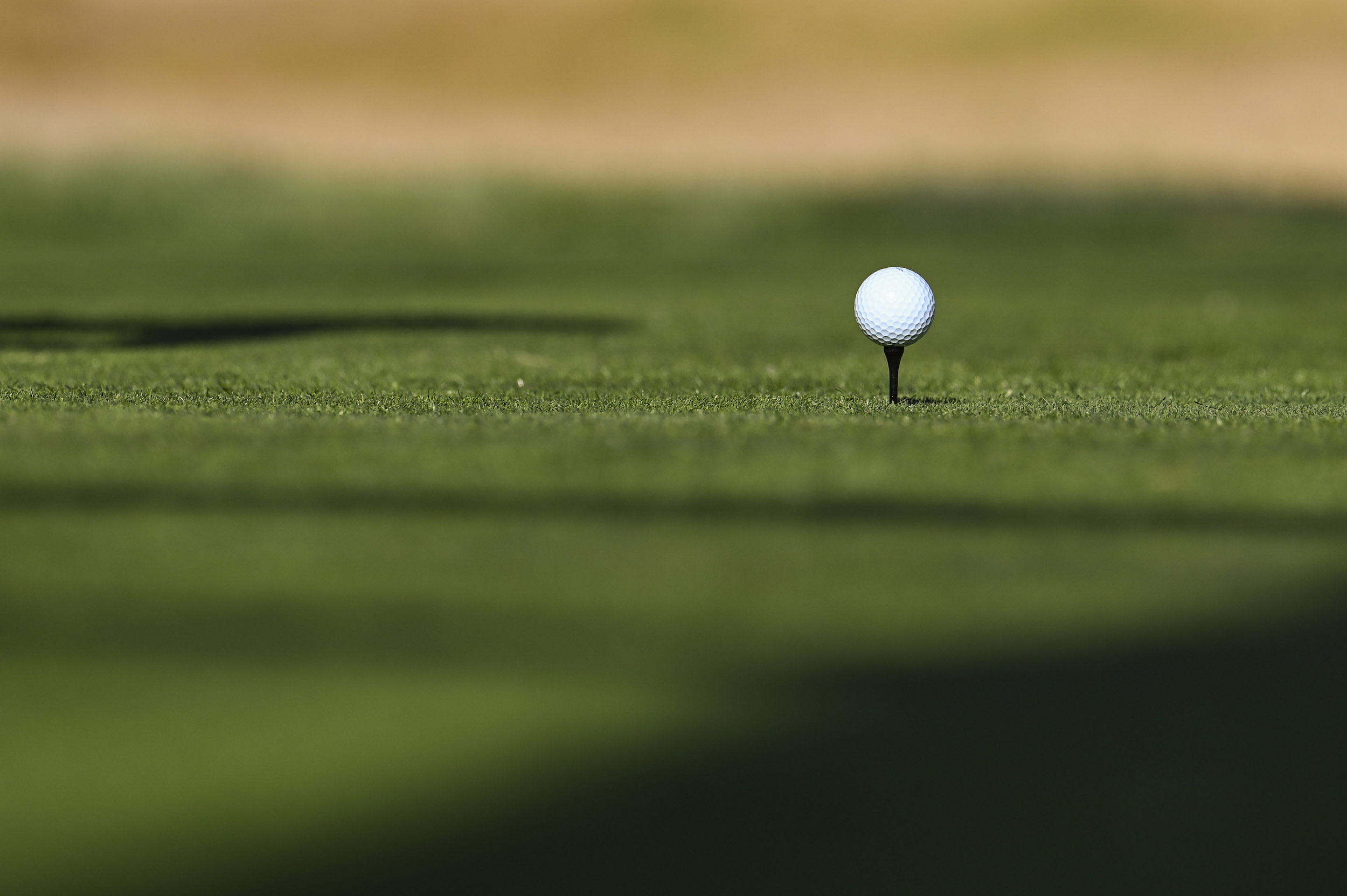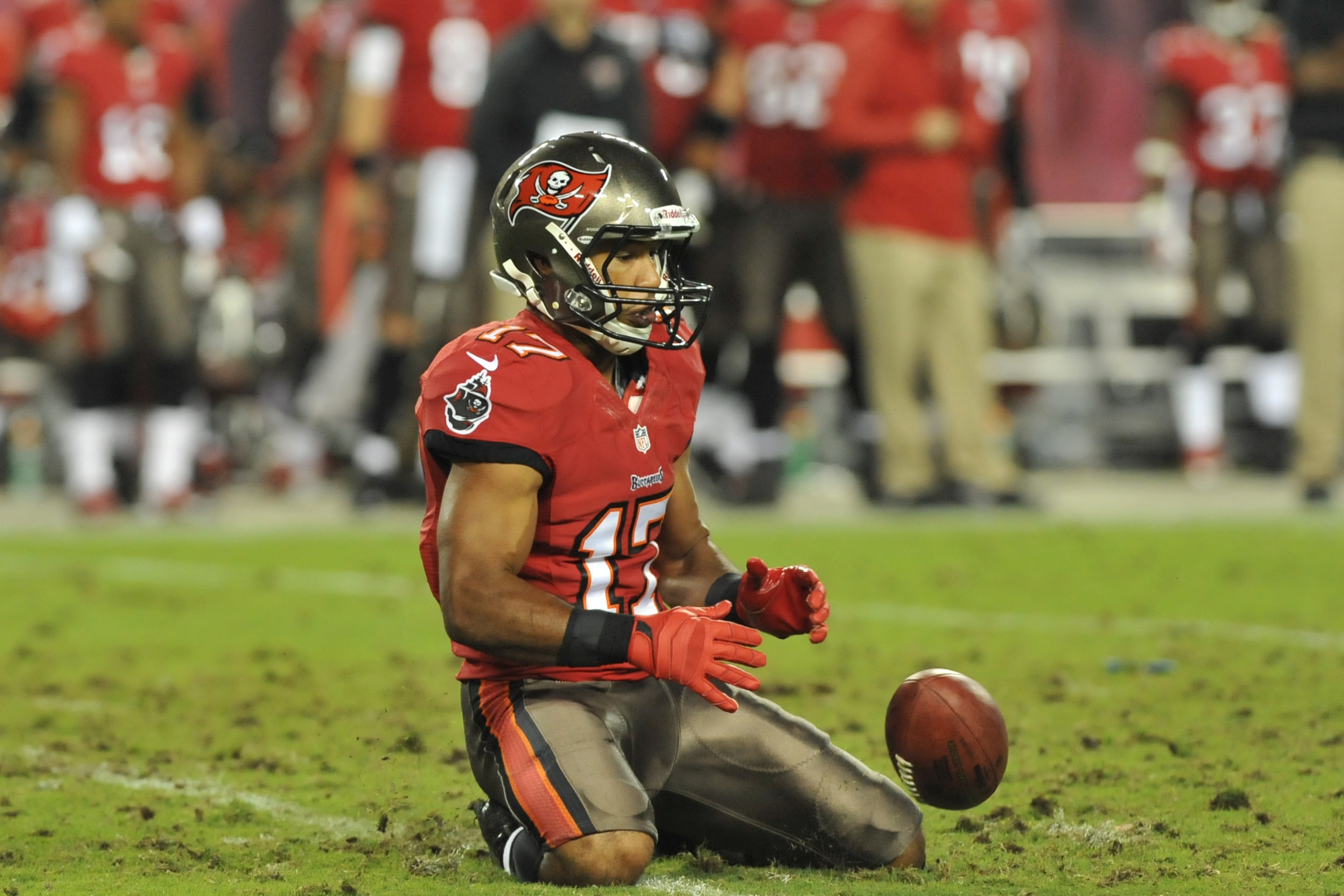Professional golf in the 21st century has something of a distance problem. Perhaps you have noticed that players today thwack the absolute bejeezus out of the ball. According to the United States Golf Association, over the last two decades the average hitting distance across seven professional tours has increased by an average of about one yard per year, which does not sound huge until taken together to mean that players have gained about 20 yards of distance per stroke just since 2003. At the end of the 1997 season, one player in the PGA Tour's history had ever averaged more than 300 yards per drive. Last season, it was managed by 22 players; so far this season, that number is up to 29.
Modern courses are built to incorporate these mighty drives, but some of golf's most cherished and commercially important events are held at old-timey venues, where the sport has been played for generations, or even centuries. Golf has been played on the Old Course at St. Andrews in Scotland for 600 damn years. Something that at least could be fun about continuing to play a sport like golf—where there is no direct competition between players—at a place like St. Andrews is how a guy like Rory McIlroy could in 2023 be said to be indirectly competing against, oh, Hugh Kirkaldy, the Scottish professional golfer who won the Open Championship on the Old Course in 1891. When Scottie Scheffler starts his weekend at The Masters in Augusta, Georgia, on April 6, he'll be striving to beat the field but also his performance will be measured against that of Horton Smith, who won the Masters twice in the 1930s. Neat!
Advancements in the sport over the years have made it seem at times almost preposterous to host the modern game on the same courses that were built for earlier iterations. Golf Week showed, via a clean graph in 2021, that par at The Masters is so distant from the winning scores nowadays as to be totally irrelevant. The Old Course at St. Andrews has been lengthened to accommodate today's longer hitters, but is only about 350 yards longer than it was a century ago; not coincidentally, when Cameron Smith won the 150th Open Championship on the Old Course in 2022, he matched the largest gap to par (20-under) in tournament history (set in 2016) and became the first player in the event's 150-year history to shoot two rounds of 64 or better. This trend is not confined to ancient courses: Bryson DeChambeau scandalized the golf world when he pounded Winged Foot into submission at the 2020 U.S. Open, crudely bombing-and-gouging his way through a course that had been specifically set up to punish imprecise play.
The concern for golf's stewards is what will become of the sport's relationship to its favorite venues if recent hitting distance trends continue for another few decades. "This is not really about today," says USGA CEO Mike Whan. "It's about understanding the historical trends over the last 10, 20, 40 years and being able to be very predictive in terms of those trends over the next 20 or 40 years going forward, and questioning whether or not the game can sustain 20 or 40 years from now the kind of increases that are so incredibly easy to predict." They want par to have at least some meaning; they want historical scores to feel relevant; and they want to encourage more careful play than the bomb-and-gouge assault that was talked about as a kind of existential threat after DeChambeau's brute-force conquest of Winged Foot in 2020.
The solution proposed by the USGA and R&A Rules Limited (a governing body spun off from the operations of The Royal and Ancient Golf Club of St. Andrews), is to bring into play a de-juiced golf ball, for use in what golf's governing bodies consider the sport's "elite" events.
This proposed Model Local Rule is intended for use only in elite competitions and, if adopted, will have no impact on recreational golf.
— USGA (@USGA) March 14, 2023
Learn more about today's announcement from the USGA and @RandA 👇
In a Model Local Rule (MLR) proposal sent by the two governing bodies to equipment manufacturers on March 13, the USGA and R&A describe a ball that at maximum thwackage simply will not fly as far as balls that meet the current specifications. These new balls, proposed for use starting in 2026, would be tested at a clubhead speed of 127 miles per hour, at a launch angle of 11 degrees, and with a maximum spin of 2,220 revolutions per minute, and in order to pass the test they must not fly more than 317 yards. The USGA estimates that these new nerfed balls "would reduce hitting distance by 14-15 yards on average for the longest hitters with the highest clubhead speeds." Importantly, once implemented a hard and fast cap on ball performance would end the year-to-year increase in driving distance. A score set using these nerfed balls in 2026 would at least in theory still be relevant to a player tackling the same course in 2036, and 2056.
Not everyone is super into this idea. DeChambeau, who has since left the PGA Tour for the pumping house music and limitless cash of LIV Golf, called the proposal "the most unimaginative, uninspiring, game-cutting thing you could do," and insisted that unchecked gains in driving distance are good for the sport, because "everybody wants to see people hit it farther." Two-time major winner and former top-ranked player Justin Thomas sees the proposal as golf's governing bodies attempting to thwart nature itself. "If you can swing 127 mph, more power to you," Thomas said. "People are running faster, so, what, are they just going to make the length of a mile longer so that the fastest mile time doesn't change? Or are they going to put the NBA hoop at 13 feet because people can jump higher now? Like, no. It's evolution."
To this I say: Flapdoodle! For one thing, I would like for Mr. Thomas to know that they already have made the length of a mile longer. The Encyclopedia Brittanica says that a mile—a horseshit unit of measurement if ever there was one—officially gained 280 feet of distance in the year 1593, when a statute changed the length of a foot in order to establish a furlong as 660 feet. For another thing, I would like for Mr. Thomas to be somewhat more realistic and somewhat less self-flattering about what is accomplished by evolution. Evolution does not happen over a damn 30-year period, and it sure as hell did not pop up in the 1980s to produce a generation of golf dorks with stronger shoulders and hips. Improvements in equipment, course maintenance, and optimizations in style of play have encouraged modern players to swing harder. Every damn advertisement for golf equipment is about how new generations of balls and clubs allow players to hit the ball straighter and farther. Golf is the Equipment Sport. And to prove it, here is what was considered the premier golf ball of the 18th and early 19th century:

As recently as the 1960s the USGA was mandating balls that were made using an entirely different manufacturing process from today's, which had markedly different aerodynamic properties. It has been a long time since golf's governing bodies mandated any radical changes to the balls—and I suppose reasonable people might point out that 14 to 15 yards of average distance doesn't even sound like all that radical a change—but golf's long history is a story of fine-tuning the ball for ideal flight characteristics. In fact, there's an argument to be made that golf's governing bodies have been asleep on the job: Despite all the handwringing over the explosive growth in hitting distance of the last few decades, the Overall Distance Standard that governs ball characteristics in modern golf hasn't been updated since 1976.
There's a long way to go before this proposed nerfed ball makes its first appearance in a professional tournament. For now the MLR is only a proposal. The USGA says manufacturers and stakeholders can provide feedback until mid-August, and that the proposal must meet final approval before testing and manufacturing would begin. Even if the MLR is eventually adopted, it would only give event organizers the option of using the nerfed ball, in order to cut down on hitting lengths and give certain tournaments the desired playing characteristics. Other courses and even tours might elect not to use it at all. But golf's stewards have been freaking out about length for long enough now that eventually ball flight characteristics were bound to come under closer scrutiny. Rather than let distance remake the sport, they'll simply remake the ball.






